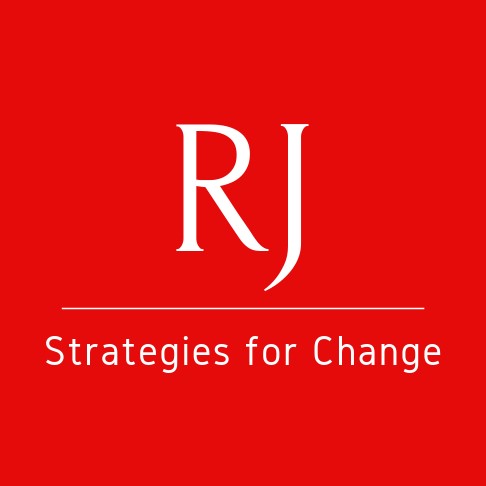Dr. Kieran O’Dwyer
Independent RP Trainer and Facilitator, former RJS4C Core Member
Not everyone gets excited about data and definitions. But the devil is always in the detail and we need to be clear on our definitions, if we want to interpret data correctly. The RJS4C work on mapping services showed just how challenging it is to measure the overall use of restorative justice (RJ), never mind other important aspects of service provision, such as the types of offences in which it was used, and the levels and nature of victim participation. The RJS4C overviews of cases in 2019 and 2020 are replete with caveats and estimates. The data available simply has too many limitations to provide a precise picture of RJ in Ireland.
A first difficulty concerns the basic counting unit. It is important to know the number of cases per service if we are to assess the percentage of total offences in the country that are dealt with restoratively and gauge the availability of services in all locations. From this, we can identify geographical gaps in services and discuss policy responses and the potential for growth. However, since the six organisations providing restorative justice services differ in the interventions they provide, there is a risk of counting apples and oranges. The range of interventions includes ‘restorative events’ (comprising Garda cautions and conferences), direct and indirect victim-offender mediations, conferences, ‘bespoke interventions’, offender reparation panels and circles, plus a variety of related, worthwhile interventions such as victim empathy programmes. Further complicating factors are differing practices as regards counting more than one intervention per client, not differentiating between models, counting referrals rather than completions, using a reference period longer than one year and providing interventions for different age groups (young people, adults or both).
A second difficulty concerns the type of offence involved. It is important to know the nature and seriousness of offences in which restorative justice is used, if we are to assess whether it is reaching its potential in terms of application to the full range of offences and, especially, inclusion of more serious offences and those with direct victims. Unfortunately, the RJ services either present their offence data using different categorisations that make comparison difficult, or do not produce this data at all. A further complicating factor is that some services count more than one offence per restorative intervention, while others count a single offence – normally the most serious – per client.
A third difficulty concerns victim involvement, which goes to the heart of restorative justice. It is important to know the level and nature of victim involvement to ensure that victims are given the opportunity to take part, if they wish, and in a way that suits them best. This kind of information can be used to assess availability and take-up of services and to discuss policy options to make services more available, attractive and responsive to victims. Sadly, most services do not routinely collect or publish meaningful data on victim involvement, including the number of cases with a direct victim, the type of victim (individual or corporate), the nature of contact with victims and victims’ responses to that contact, or the nature of victim involvement when it happens.
Information on location of service, source of referral and case outcome is also required. This is not always clear. We need to know where interventions take place to be sure the ambition of national availability of services is realised. We need to know the source of the referral to be sure that all opportunities to make referrals are availed of (e.g. level and location of court) and that self-referrals are possible. We need to know about outcomes to assess the success, fairness and impact of restorative interventions. The first two types of information are relatively easy to collect; information on outcomes is much more difficult to standardise, not least because of time delays (e.g. to court outcomes for court-referred cases, to completion of agreements) and subjectivity (regarding, for example, the extent and nature of agreements).
Services collect and present information for their own purposes primarily and not for external analysis or for aggregation at national level. They decide the level of detail that is required for good governance and for accountability to oversight bodies, taking account of the needs of funders. For most services, systems of routinised data collection have been developed over many years and are firmly embedded. Frontline staff are the data suppliers and the quality of information depends on their understanding of what is required, appreciation of its value and use, and personal commitment to comprehensive reporting. Data collection incurs significant administrative burdens and those responsible for collection would need to be convinced of the need for and value of data standardisation before change will take place.
The RJS4C strategy for the development of restorative justice in Ireland stipulates that safe, high quality restorative justice should be available to all victims and offenders who would benefit from participation and that access should not depend, exclusively and in the absence of other considerations, on where they live in Ireland, their age, the offence in question, or the stage of the criminal justice process. Monitoring progress in achieving these objectives requires that services provide clear, meaningful data on their activities.
As restorative justice services expand, we need to pay more attention and consider how best to achieve transparency, consistency and standardisation of data collection and publication. A starting point would be to establish a working group led by the Department of Justice and comprising RJ providers and external experts. This should happen soon so that we can get a more precise picture of RJ in Ireland to inform the investments to which the Government has committed.
